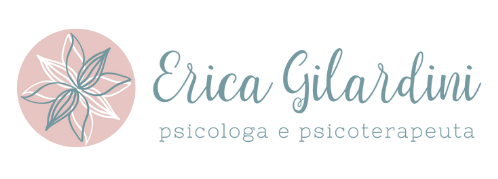Sober Living Homes in Alcoholism Recovery
One such example is the Sober Living Network that was started in 1995 and currently represents 550 homes in Southern California. In the 1950’s, “Halfway houses” (often funded by the government) were founded due to concerns about sustaining personal recovery after treatment. Today halfway houses are still used as a way to foster re-entry into society for addicts and sometimes for prison inmates. You should also ask about the program’s cost and any financial assistance that may be available.
What to Look for in a Quality Sober Living Home
- Prices vary, but most of the time it costs about the same as it would cost to live in a modest apartment or home.
- Suppose you’ve recently relapsed and found that the stress of being in environments around alcohol and drugs or a lack of structure is particularly triggering.
- These skills ensure that once you transition to independent living, you’re equipped not just to survive but thrive.
- It can build self-esteem, teach residents about finances, and become responsible members of the community.
- Today halfway houses are still used as a way to foster re-entry into society for addicts and sometimes for prison inmates.
- For instance, house members vote on whether to allow a certain individual into the house.
Not everyone who goes through drug or alcohol detox and rehab will need this step, but sober living can help reinforce what you’ve learned in rehab. With the assistance of a support network, it’s less likely that you will relapse. Sober living homes often have certain similarities, including the ability to come and go as you choose. There are rules that residents are expected to follow during their https://5klass.net/anglijskij-jazyk-10-klass.html time at a sober living home, one of the most important being that they are sober and commit to remaining sober while there. Additionally, sober living house rules may include a curfew, helping around the house, and attending group meetings. People who live in sober homes report that they are non-judgmental and safe spaces where they can focus on their continued recovery.
The Role of Sober Living Homes in Recovery
These facilities still exist today and are used primarily for those who have been incarcerated or are unhoused. Halfway houses are often designed specifically for those that http://forallages.ru/games/?id=3689 received treatment for addiction to drugs or alcohol while in prison. Halfway houses can be government funded or run by private organizations that receive government grants. Residents may sleep in dorms, and attendance can be court-ordered for a set period. Aside from expectations connected to recovery, sober living homes have rules that apply to any shared residential space.

Are Sober Living Homes Effective?
- They are focused on helping residents re-enter common society after spending time in prison.
- Enter your phone number below to receive a free and confidential call from a treatment provider.
- These skills instill a sense of responsibility and prepare you for a successful transition to independent living.
However, each level of sober living home has different rules and restrictions. An individual may stay at an SLH as long as they desire, although the National Institute on Drug Abuse recommends first spending no fewer than 90 days in an addiction treatment program for best effectiveness. Many sober living homes are covered under insurance plans or government funding. Sober living homes for the LGBTQ+ help them recover by focusing on self-acceptance, peer support, and mental health. Sober living homes are for people who have completed a treatment program but need additional support to sustain long-term recovery.


In a sober living program, you’ll live in a supervised home with a group of others who are also on the road to recovery. Sober living houses have structured schedules, meetings, and rules to help promote a positive environment free from temptation and distractions. However, sober living houses are not covered under insurance since they do not provide treatment services and thus aren’t considered rehabilitative facilities. Something important to note is that sober living houses are not the same as halfway houses. While they are both residences designed to support folks in maintaining sobriety and transitioning back into society, there are some key differences.

Sober living homes are structured environments designed to foster recovery and maintain sobriety. Unlike a typical residential home, these settings are tailored to meet the unique needs of individuals recovering from addiction. By understanding the structure and rules that govern these homes, you’re better equipped to select a living situation that aligns with your recovery journey. In essence, sober living gives you the tools and support necessary for recovery, laying a foundation for a stable, sober future. Whether you’re transitioning from an inpatient program or seeking to strengthen your recovery process, sober living homes offer an http://superfilmec.ru/warez/50129-va-trap-music-vol8-2013-trap-mp3.html invaluable stepping stone towards lasting sobriety. You can expect to be welcomed into a supportive and structured environment when you enter a sober living home.

